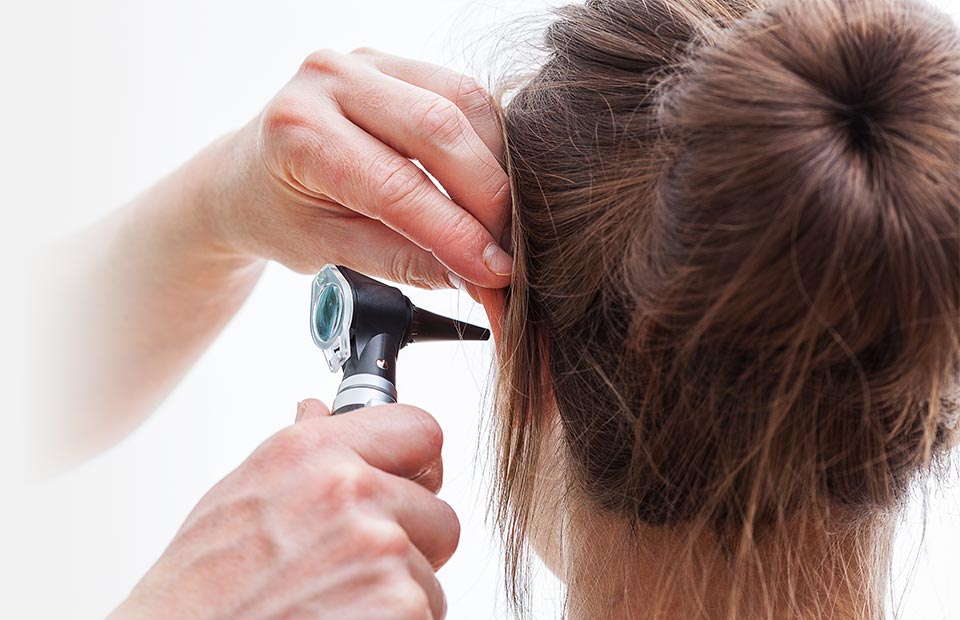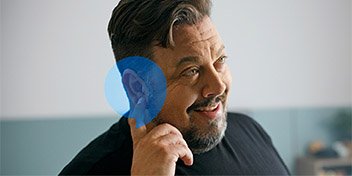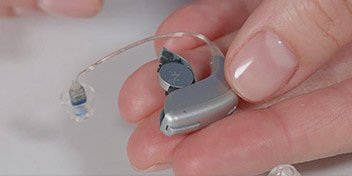Ear Wax Management
While it may be tempting to routinely clean ear wax from your ears, the age old saying of, “Don’t stick anything bigger than your elbow in your ear” does have some merit to it!
Ear wax production is a natural and normal part of a healthy ear. Glands within the ear canal produce ear wax to lubricate the canal, repel water and keep the ear free of dirt, debris and germs. In most cases the ear is self-cleaning and ear wax does not need to be manually removed. Over time ear wax slowly gets pushed to the opening of the ear canal where it becomes dry and falls away.
However, for some, ear wax may build up excessively and result in discomfort, infection, tinnitus or temporary hearing loss. This can also lead problems for hearing aid users as blockages may cause hearing aids to malfunction or whistle excessively. Every ear canal is different, and you may be prone to ear wax build-up due to the size and shape or your ear canals, the environments you spend time in (e.g. dusty workplaces) or the use of earplugs or hearing aids that keep ear wax within the canal.
What not to do if you have concerns about ear wax?
Should you have concerns about ear wax, it is important to refrain from using foreign objects to remove it yourself. Items such as cotton buds and hairpins can push the ear wax in deeper, cause injury to the ear drum, or scratch the delicate skin of the ear canal increasing your risk of irritation and infection. Ear candles are not recommended as they are ineffective in ear wax removal and pose a risk of injury to the ear from burns.
If you do have any concerns about wax…
Instead, seek advice from your hearing care professional or GP. Ear wax softening drops may be recommended as this helps to soften ear wax, allowing it to naturally exit the ear canal easier over time. Your hearing care professional may be able to remove the ear wax via an ear light and curette (a special ear wax removal tool), or your GP may use an irrigation system to wash the ear wax out. In a small number of cases ear wax removal via these methods may not be possible or safe. In these circumstances referral to an Ear, Nose & Throat (ENT) specialist may occur, who will likely remove the ear wax out with special suction equipment.
Remember, ear wax has an important role to play in keeping our ears healthy and for the most part does not need to be removed. From time to time a person may experience excessive ear wax build-up that needs to be removed. It is important that this is managed effectively and safely and under the recommendation of a practitioner or hearing health professional.
Regular hearing health checks can help you keep on top of your hearing health. If you need assistance with your hearing health, please contact the Audika Hearing Care Help Line on 1800 340 631 or visit the Audika website to Live Chat with an Audika Customer Service Representative, available weekdays from 9am - 5pm (AEDST).





